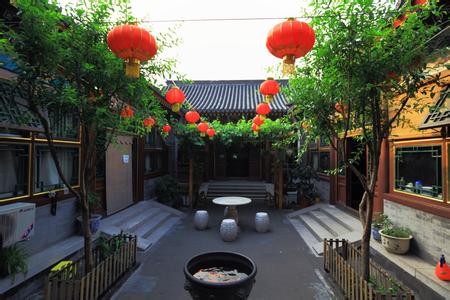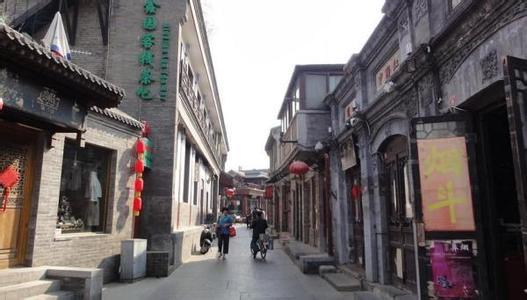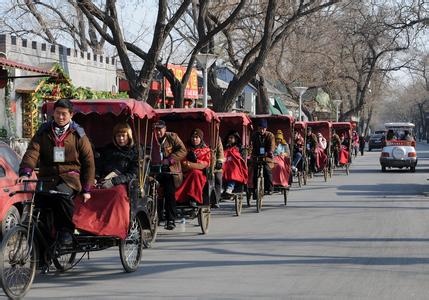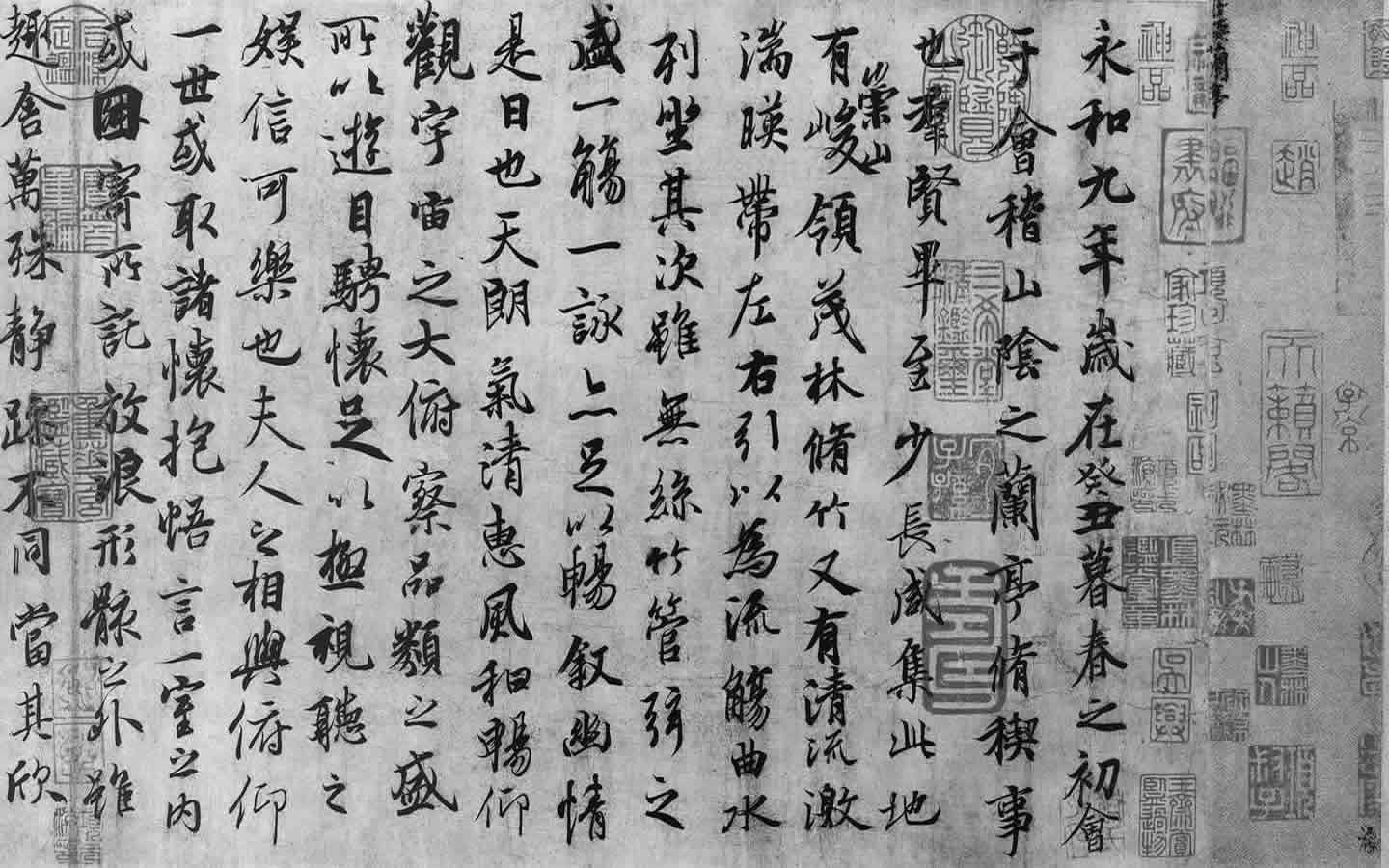 Courtyard, (Si He Yuan) in Chinese, refers to a square or rectangular courtyard compound usually with four houses built on each side. It is a typical example of Northern Chinese residential architecture. This closed construction has only one entrance and is considered to safeguard family privacy. Four houses arranged on each side with an interior courtyard symbolize the union of the family. Architectural designs of unique roof decorations, elaborate wood and stone carvings and vividly colored paintings make the courtyard a museum of traditional Chinese culture. Entering the compound is to explore the traditions of China.The history of Beijing's courtyard can be traced back to the construction campaign of this capital city in China's Yuan Dynasty (1271 - 1368). Compared with its skyscraping modern counterparts, courtyards in the city allow tourists to learn more about the daily life of ordinary Beijing people.
Courtyard, (Si He Yuan) in Chinese, refers to a square or rectangular courtyard compound usually with four houses built on each side. It is a typical example of Northern Chinese residential architecture. This closed construction has only one entrance and is considered to safeguard family privacy. Four houses arranged on each side with an interior courtyard symbolize the union of the family. Architectural designs of unique roof decorations, elaborate wood and stone carvings and vividly colored paintings make the courtyard a museum of traditional Chinese culture. Entering the compound is to explore the traditions of China.The history of Beijing's courtyard can be traced back to the construction campaign of this capital city in China's Yuan Dynasty (1271 - 1368). Compared with its skyscraping modern counterparts, courtyards in the city allow tourists to learn more about the daily life of ordinary Beijing people.
 The word 'Hutong' refers to the small and narrow alleyways between rows of courtyards and it is estimated that there are thousands of hutongs in the city from the narrowest 40-cetimeter (16 inches)-wide Qinshi Hutong to the zigzagged Jiudaowan (literally means quite a long hutong with nine turns). Names of hutongs are related to people's daily life,
The word 'Hutong' refers to the small and narrow alleyways between rows of courtyards and it is estimated that there are thousands of hutongs in the city from the narrowest 40-cetimeter (16 inches)-wide Qinshi Hutong to the zigzagged Jiudaowan (literally means quite a long hutong with nine turns). Names of hutongs are related to people's daily life, such as a person's name, an auspicious word or a beautiful flower.
such as a person's name, an auspicious word or a beautiful flower.
Nowadays, Hutong Culture or Courtyard Culture is used to describe anything related to old Beijing and a featured tour by a pedicab through Beijing's winding hutongs is a popular choice for travelers who want a glimpse of the city's past.

